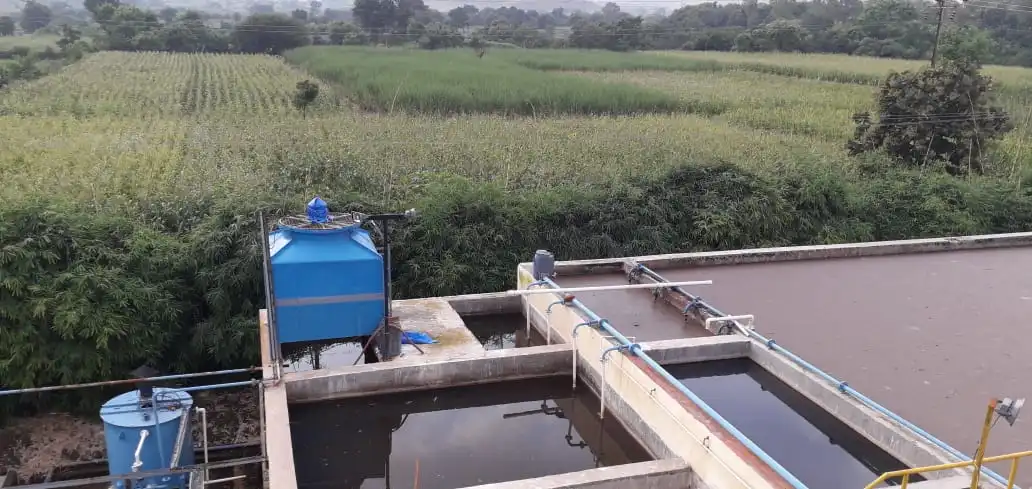Treatment of the Condensate
Physical Treatment is a process in which the pollutants are mechanically removed from the wastewater.Most common processes under physical treatment are screening, sedimentation, micro-, ultra- and nanofiltration, etc. Some other physical processes like adsorption and reverse osmosis can be used to treat the process condensate. Activated carbon and zeolite- based adsorption is widely used in water treatment to remove trace organic –inorganic substances, chemicals, microorganisms, odor and toxins. Reverse Osmosis (RO) is a process which uses a partially permeable membrane and is currently used by many sugar factories and other industries. RO may be used to treat the condensate as the process is effective for the removal of sugars, salts and metal ions. But organic acids present in the condensate may not be removed by RO process.
Biological wastewater treatment harnesses the action microorganisms using an effective system to clean water for proper disposal or recycle. Sugar mills can adopt aerobic treatment and lagoons for the treatment of process condensate. Lagoons, which use natural microbes from surroundings, typically occupy large area, have high retention time and less efficient. Furthermore, it leads to accumulation of sulfides which turn the water black. Aerobic treatment processes include aeration tanks, oxidation ditches, activated sludge, trickling filters, etc. The ‘activated sludge’ process, which may be suitable for treating low strength wastewater streams such as process condensate. An advantage of using biological treatment is that apart from reducing COD/BOD levels, it can simultaneously also remove other inorganic pollutants such as sulphates, nitrates, ammonia and chlorides
Chemical methods include chemical separation such precipitation, coagulation, flocculation, solvent extraction, ion-exchange process and chemical oxidation, and other chemical reactions which destroy or remove the pollutants from wastewater. Most of the chemical separation process may not be techno-economically suitable for treatment of sugar mill process condensate due its inherent characteristics. Possibly, ion-exchange process can be used to treat the condensate although it is more suitable for water softening and metal ions removal.
Frequently Asked Question
A Condensate Polishing Unit (CPU) is a type of water treatment equipment used to remove dissolved impurities from the condensate generated by steam power plants, industrial boilers, and other similar process equipment. The purified condensate is then returned to the boiler feedwater system, where it can be used to generate steam again.
A CPU typically removes impurities such as dissolved salts, dissolved gases, particulates, and trace amounts of heavy metals.
There are several types of CPU's available, including ion exchange resins, mixed bed deionization, electro-deionization, and reverse osmosis. The type of CPU used will depend on the specific requirements of the application and the quality of the condensate.
CPUs require regular maintenance to ensure optimal performance. This includes regularly replacing resin beds, cleaning membranes, and monitoring system performance.
A CPU helps to improve the overall efficiency of a steam power plant or industrial boiler by returning high-purity condensate to the boiler feedwater system. This reduces the amount of makeup water required, which in turn reduces the amount of energy required to heat the water and generate steam. Additionally, reducing dissolved impurities in the condensate can reduce the corrosion and scaling inside the boiler and downstream equipment, which in turn can increase the life of the system.
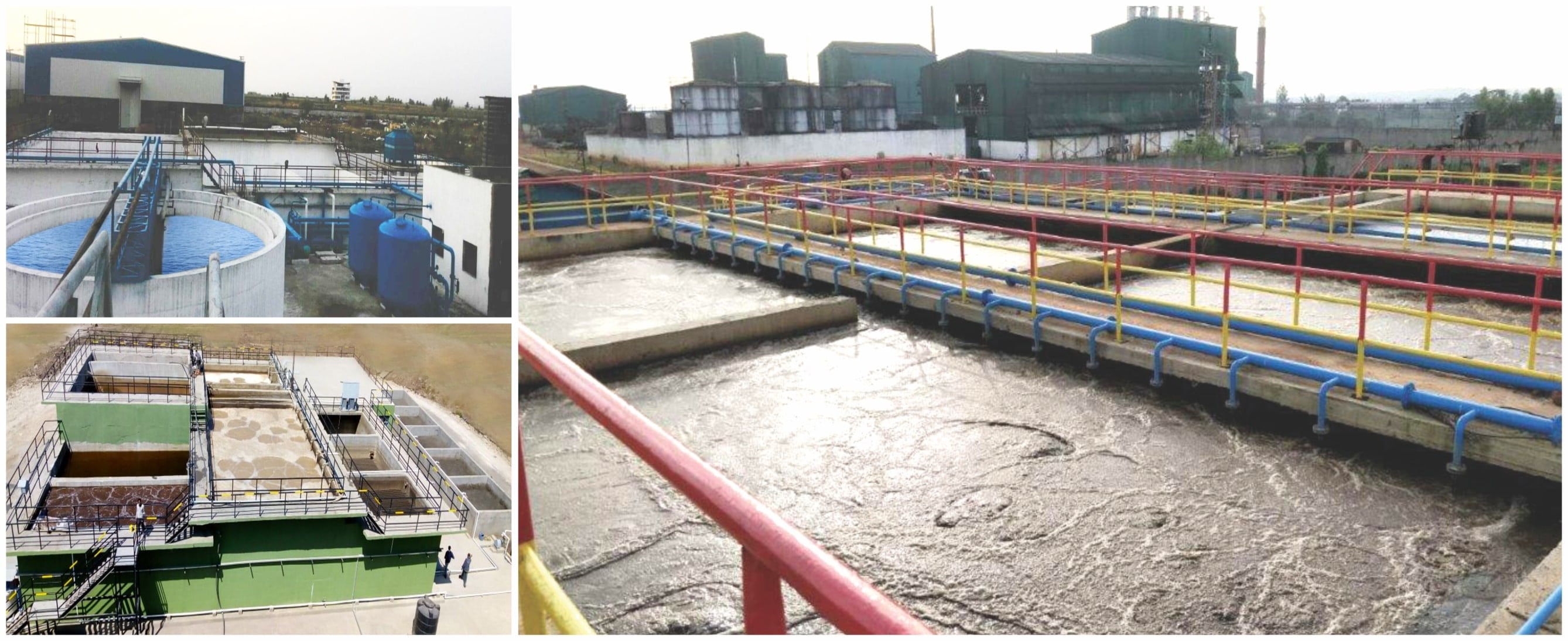
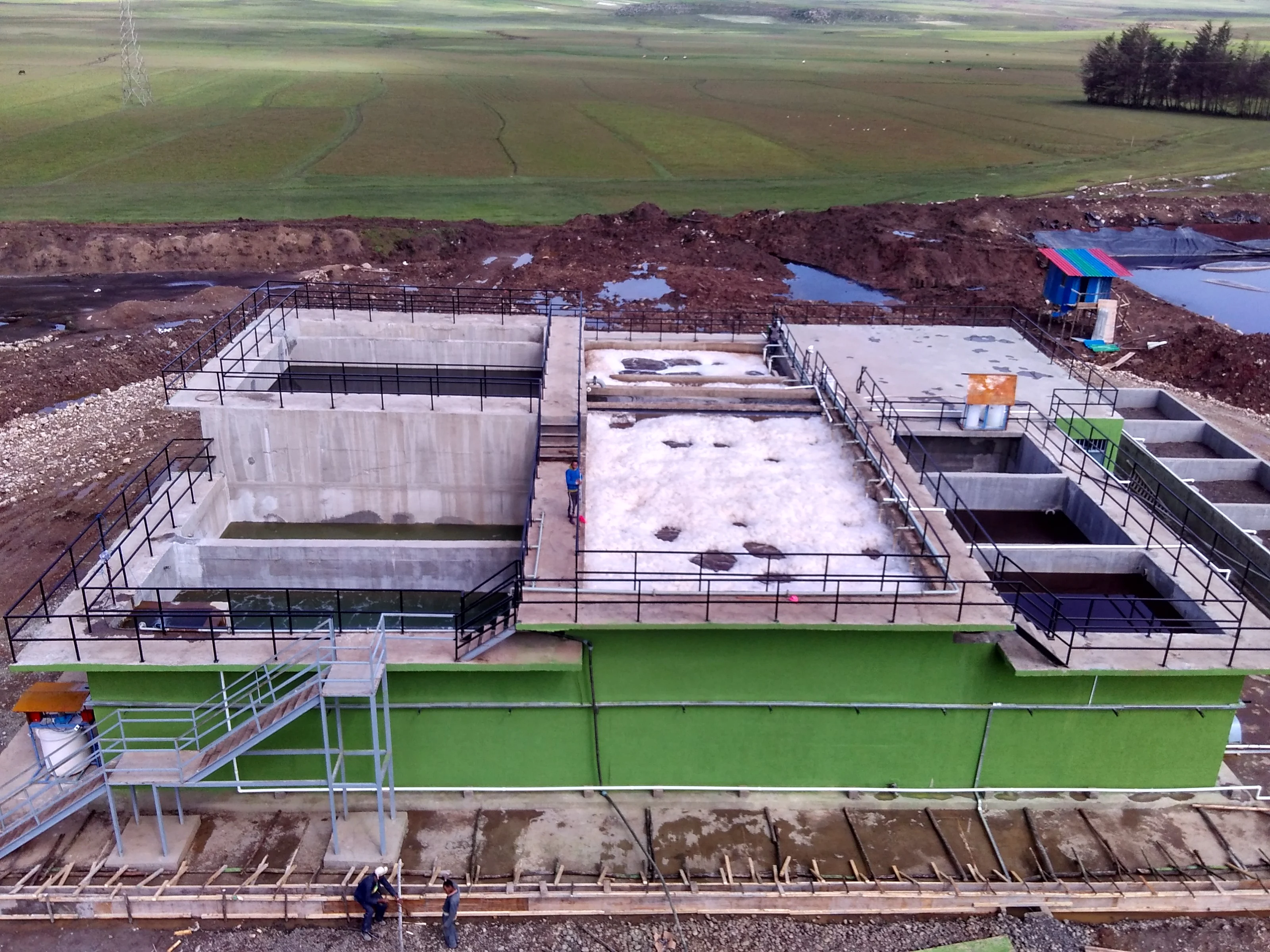
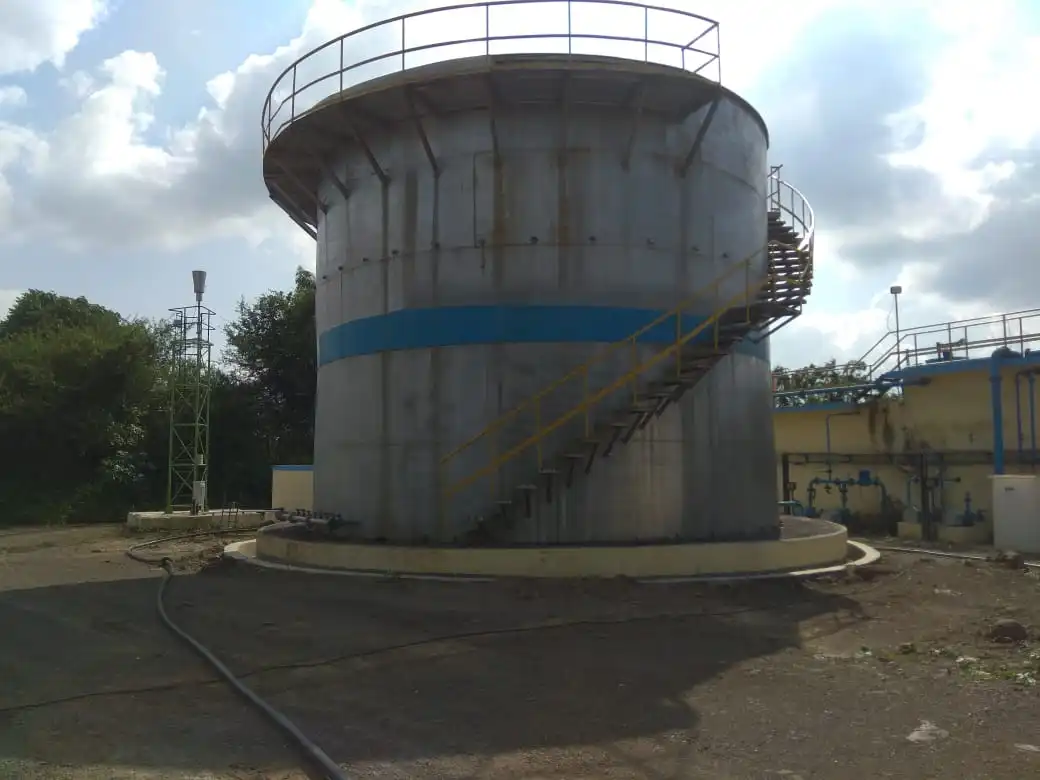
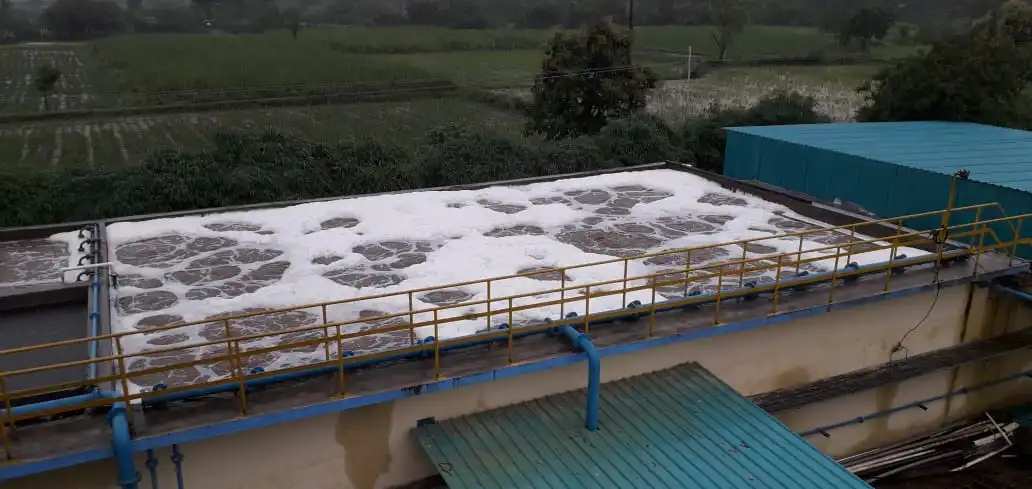

.webp)
